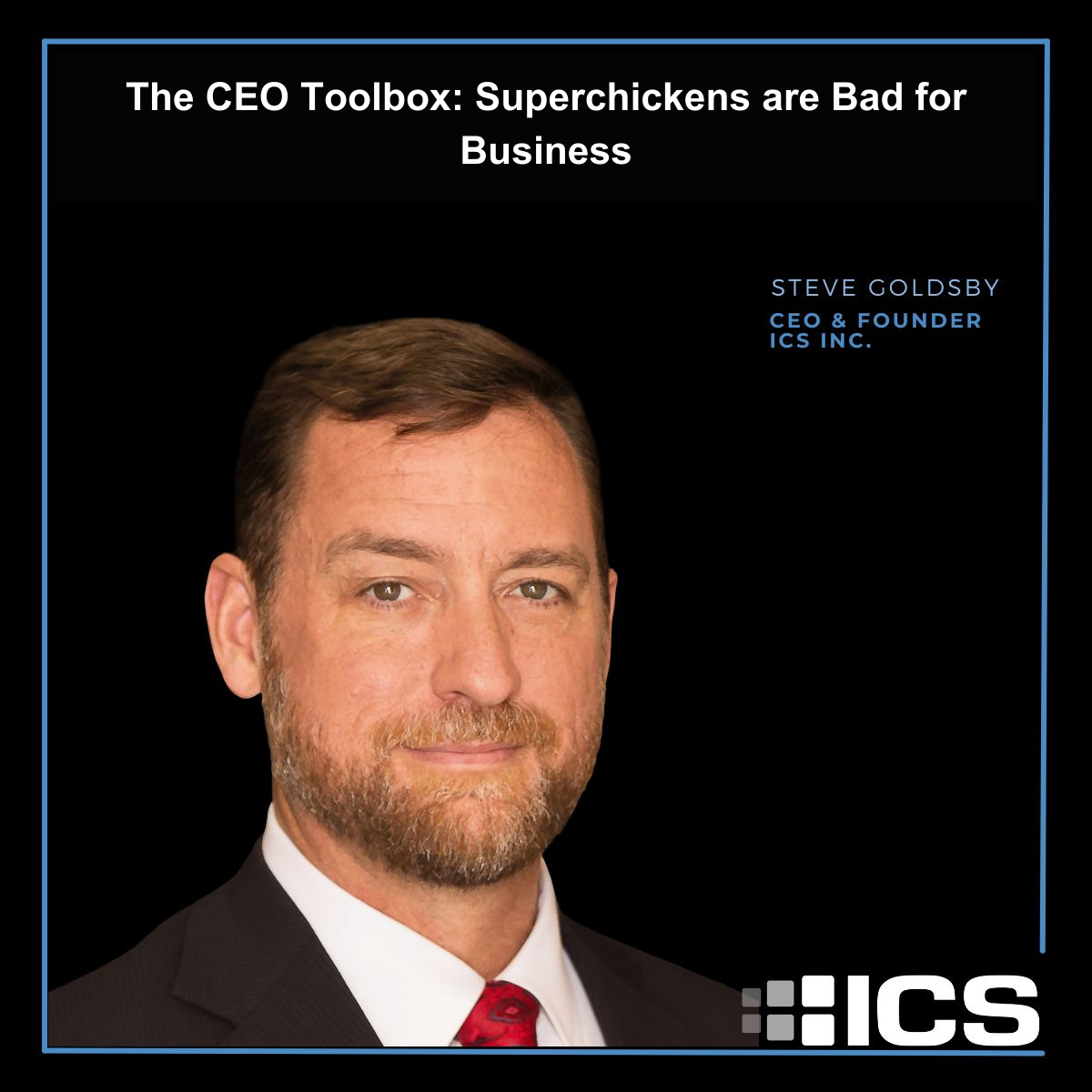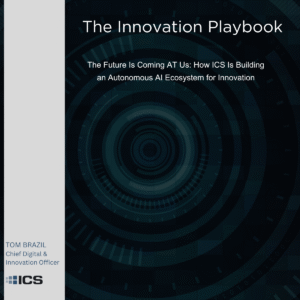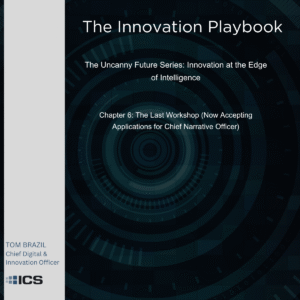Early in my career, I bought into the prevalent “superchicken” model of leadership, believing that a few star performers were the key to driving success. But as I’ve grown as a leader, I’ve come to realize that it’s actually the social connectedness and collaboration of the entire team that truly powers innovation and productivity.
This shift in perspective was reinforced by Margaret Heffernan’s insightful TED Talk “Why it’s time to forget the pecking order at work”. Heffernan challenges the idea that individual achievement is what matters most, using the compelling example of evolutionary biologist William Muir’s chicken experiment. When only the most productive chickens were bred together, the result was aggression and dysfunction. The average flock, on the other hand, steadily improved as a whole. A team of superchickens will kill itself off.
I’ve seen these same dynamics play out in my own organizations. At ICS, one of our core values is Selfless Service – to our teammates, our business partners, and our customers. We use this value as a tool for accountability, encouraging everyone to have a voice regardless of their role. When we’re solving problems, we prioritize open and honest communication, making sure all perspectives are heard.
I’ve found that this kind of teamwork is essential for discovering innovative, creative solutions. The most successful teams I’ve worked with exhibit high levels of collaboration, trust, and respect. They give equal time to all voices, celebrate successes together, and learn from each other’s failures.
That’s why, as a leader, I prioritize building these bonds. I insist that we invest time in building relationships, because I know that’s how we start achieving real momentum. We maintain a battle rhythm and keep teams connected through daily stand-ups, weekly team meetings focused on problem solving, social activities together, and opportunities to serve each other and our communities – together. We’ve seen how strengthening social connectedness pays real dividends in trust, loyalty, and interdependence.
I’ve had to learn to replace management-by-talent-contest with true teamwork. To redefine leadership is creating conditions for everyone to do courageous thinking together. To recognize that real value lies in “the mortar, not just the bricks”, as Ms. Heffernan noted.
So, I invite you to consider: How could practicing Selfless Service unlock more innovation in your organization? What could change if you optimized for trust and open communication over individual stardom? I’ve learned that these are the questions that truly transform teams and drive success. I’d love to hear your thoughts in the comments.







